Head wiggling is a common behavior observed in many bird species. This subtle movement, also known as head nodding or bobbing, serves a variety of purposes and can indicate different things depending on the context and bird species.
In this article, we will explore the different reasons for head wiggling, the types of head wiggling, and how to respond to head wiggling behavior.
We will also provide a helpful table that summarizes the information presented in the article. So, if you are concerned about what are the reasons for this issue, check this article till the end to get a better understanding of this fact.
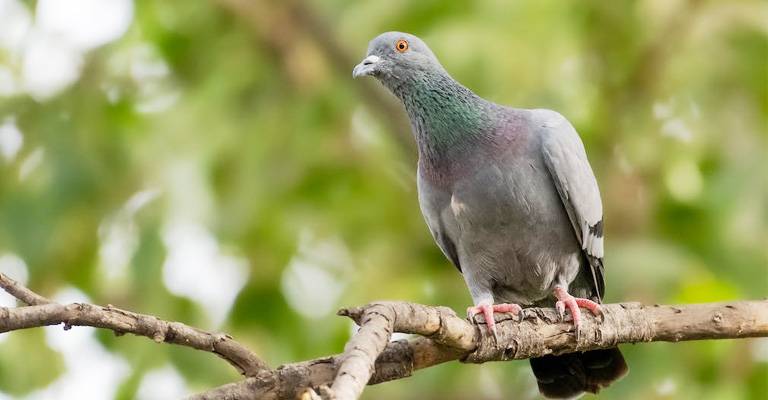
Reasons for Head Wiggling
There are several reasons why birds engage in head-wiggling behavior. While head wiggling can serve different purposes depending on the species and context, here are some of the common reasons for this behavior:
Maintaining a Stable Gaze
Birds have the ability to move their heads independently of their bodies, which allows them to maintain a stable gaze while in motion.
This is particularly important for birds that hunt or forage for food while flying. By moving their heads, they can track their prey or food sources more effectively, keeping them within their field of vision.
Courtship Display
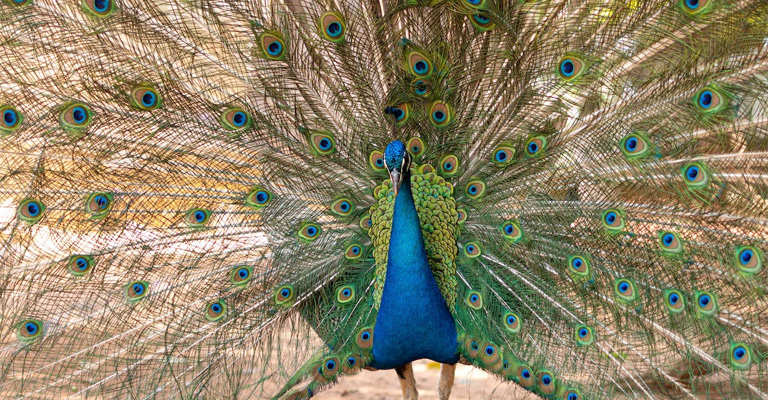
Some birds, such as peafowl, perform a characteristic head-wiggling dance as part of their courtship rituals.
This behavior, often accompanied by elaborate plumage displays, is used to attract a mate. The snake-like head motion during courtship is a visually striking behavior that signals the bird’s fitness and readiness to reproduce.
Adjusting and Making Room for Food
Birds have a muscular pouch called the crop located at the base of their esophagus. The crop is used to temporarily store food before it moves further into the digestive system.
When a bird has consumed a large amount of food or needs to adjust the position of the food within the crop, it may engage in a repeated yawn-like head motion. This movement helps to make room for the food and facilitates digestion.
Begging for Food
In some cases, especially among chicks or young birds, head wiggling may be a form of begging behavior.
Chicks that are still being fed by their parents or caregivers may wiggle their heads in a front-to-back motion as a way of signaling their hunger and soliciting food. This behavior is commonly observed in birds that have been raised by humans or kept in captivity.
Types of Head Wiggling
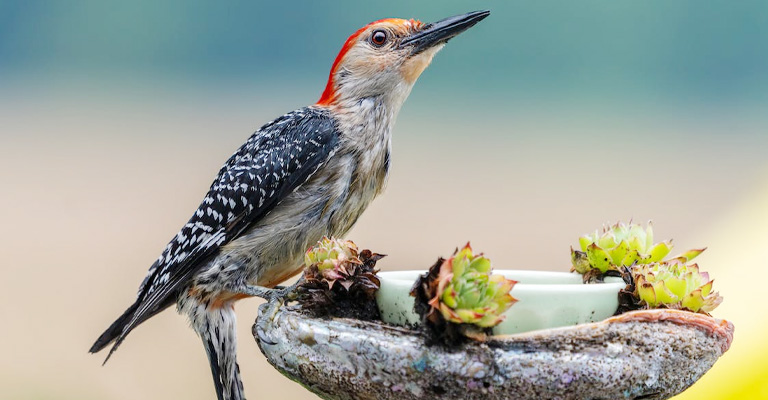
A bird can wiggle its head in different ways. And each way indicates a different meaning. So, it is essential for the pet bird owner to learn which type of head wiggling means what.
Front Back Motion (Food Begging)
This type of head wiggling is often seen in birds that are begging for food, such as chicks or juvenile birds. The bird will move its head up and down in a bobbing motion, often accompanied by vocalizations, in an attempt to solicit food from adults or other birds.
This behavior is a survival strategy and is a way for the chicks to signal to adults that they are hungry and need to be fed.
Snake-like Wiggle (Mating Dance)
This type of head wiggling is often seen in male birds during courtship displays. The bird will move its head in a serpentine motion, often accompanied by other displays such as feather puffing or singing. This behavior is a way for the male bird to attract a mate and demonstrate its fitness as a potential partner.
Repeated Yawn-like Motion (Adjusting Crop)
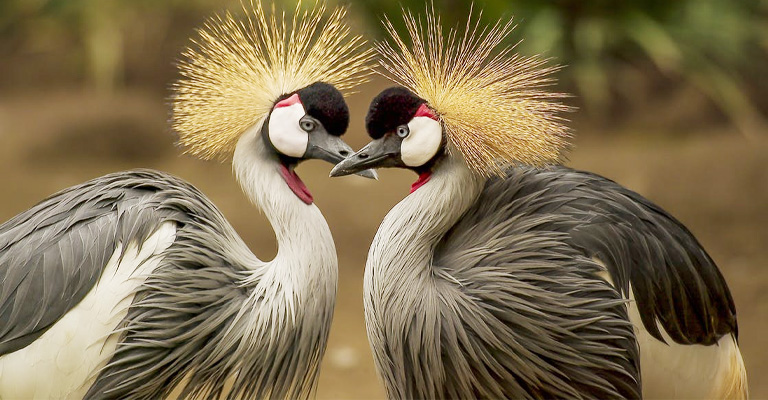
This type of head wiggling is often seen in birds that have a crop, a pouch-like structure in their esophagus used for storing food.
The bird will move its head in a repeated yawn-like motion, which is thought to help adjust the position of food in the crop and aid in digestion.
Yawning (Tiredness or Ear Scratching)
Birds, like other animals, yawn when they are tired or need to scratch an itch. Yawning can be accompanied by head wiggling, and the yawn-like motion may also be used to stretch and preen the feathers or to scratch an itch on the head or around the ear area.
How to Respond to Head Wiggling
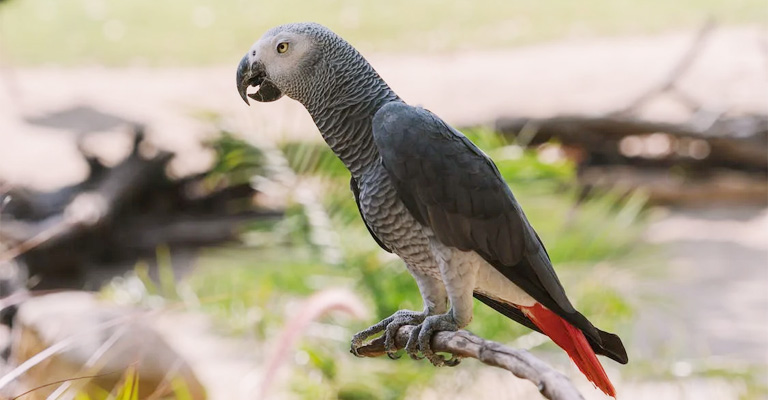
How to respond to head wiggling in birds depends on the specific context and purpose of the behavior. Here are some guidelines for responding to different types of head-wiggling behaviors:
Mating Dance
If a bird is engaging in head wiggling as part of a mating dance, it is best to observe from a distance and avoid interfering.
Some birds can become aggressive or territorial during mating rituals, and approaching too closely may provoke a negative response.
It is generally recommended to respect their space and allow the natural courtship behavior to unfold without disturbance.
Begging for Food
When young or dependent birds wiggle their heads as a way of begging for food, it may be appropriate to respond by providing food or attention.
This behavior indicates their hunger or needs for sustenance. If you are caring for a young bird or have a pet bird, ensure that their nutritional needs are being met by offering appropriate food in response to their head-wiggling behavior.
Adjusting the Crop
When birds engage in a repeated yawn-like head motion, it is often a normal part of adjusting the contents of their crop.
This behavior does not require any specific response as it is a natural process for digestion. Simply allow the bird to continue its behavior without interference.
Species-Specific Head Movements in Birds
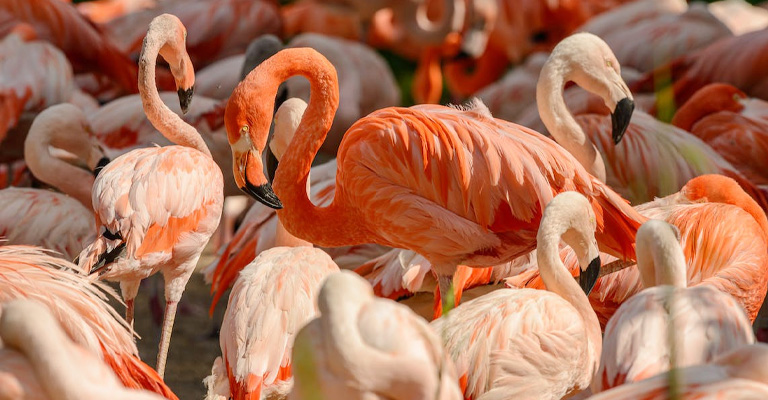
Birds are known for their diverse range of behaviors and adaptations, and one fascinating aspect of their behavior is the species-specific head movements they display.
These unique head movements have evolved in different bird species for various reasons, including communication, feeding, and predator detection. Let’s explore some notable examples of species-specific head movements in birds.
Pigeon Head Bobbing
Pigeons are known for their characteristic head-bobbing movements. When walking or standing, pigeons rhythmically bob their heads forward and backward.
This behavior is believed to improve their depth perception and stabilize their visual field while moving, allowing them to accurately judge distances and avoid obstacles.
Woodpecker Head Drumming
Woodpeckers are famous for their ability to drum on tree trunks with their beaks. During drumming, woodpeckers use rapid and forceful head movements to repeatedly strike the tree surface.
These movements help transfer the impact force away from their brain, protecting them from potential injury while excavating for food or establishing territory.
Owl Head Swiveling
Owls possess a remarkable ability to rotate their heads to an extreme degree. With a flexible neck and specialized cervical vertebrae, owls can rotate their heads up to 270 degrees in either direction.
This exceptional head movement allows them to maintain a fixed gaze on prey, compensating for their fixed eye position and enhancing their hunting efficiency.
Egret Head Swaying
Many species of egrets and herons exhibit a distinctive head-swaying behavior while foraging in shallow water. They rhythmically move their heads from side to side, creating an illusion of water ripples.
This motion helps to startle and flush out small fish or invertebrates, making them easier to spot and catch.
Peacock Head Wobbling
Male peacocks perform elaborate courtship displays to attract females, and one notable behavior is their head wobbling or shaking.
During the display, the male rapidly shakes its head, causing the long feathers on its crown to vibrate and create an impressive visual spectacle.
This head movement is a key component of the peacock’s courtship ritual and is believed to play a role in female mate choice.
FAQs
Birds wiggle their heads for a variety of reasons, including stabilizing their gaze, performing a mating dance, adjusting their crop, and begging for food.
Head wiggling can be a normal behavior for birds, but if it is accompanied by other signs of distress such as fluffed feathers or panting, it may indicate a problem.
Most birds are able to wiggle their heads to some degree, but the behavior may vary depending on the species. For example, some birds have more flexible necks than others, which allows for greater head movement.
Observing the bird’s body language and context can provide clues as to the reason for the head wiggle. For example, a bird that is performing a mating dance will likely have a different posture and behavior than one that is begging for food.
It depends on the reason for the head wiggling. For example, if a bird is begging for food, providing it with food or attention may be appropriate. If a bird is performing a mating dance, it may be best to ignore or distract the bird. In general, it’s important to understand the bird’s behavior and respond appropriately.
End Call
Birds’ unique head movements primarily serve to improve depth perception and visual acuity. By moving their heads, birds can create a binocular field of vision, enhancing their ability to judge distances accurately and navigate their surroundings with precision.
These movements also aid in maintaining a stable visual image while birds are in motion, enabling them to track prey, avoid obstacles, and ensure their own safety.
Their unique behavior contributes to the birds’ vigilance and predator detection. By scanning their surroundings with head movements, birds can expand their field of view and increase their overall awareness, helping them detect potential threats and respond accordingly.
So, let us marvel at the wonders of bird head movements, embracing the opportunity to learn from and appreciate the diverse strategies birds have developed to navigate their environment, communicate, and survive.